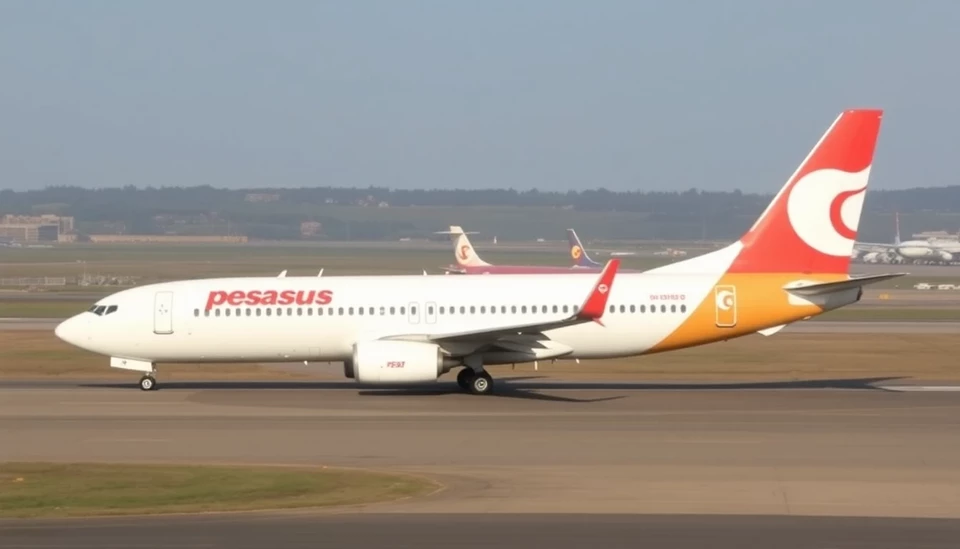
The Federal Aviation Administration (FAA) has launched an investigation into potential smoke risks associated with the Boeing 737 aircraft after a series of bird strike incidents raised concerns about safety. This development comes amid growing scrutiny of Boeing's compliance with regulatory standards and its ongoing efforts to enhance aircraft safety features.
Recently, two separate cases involving Boeing 737 planes during critical phases of flight prompted the FAA to take action. In these incidents, which occurred in varying geographical locations, birds collided with the aircraft, leading to reports of smoke in the cockpit and cabin areas. The incidents, while not resulting in any injuries, highlighted the potential hazards that could arise from bird strikes, particularly when coupled with the aircraft's existing systems.
The FAA is particularly concerned about the effectiveness of smoke detection systems and the emergency procedures that pilots are required to execute in such scenarios. Although both flights landed safely, the FAA's inquiry aims to determine whether there are systemic issues that could pose risks to passengers and crew in similar future situations. The investigation encompasses a thorough review of Boeing's engineering practices, maintenance records, and the response protocols employed by flight crews during emergencies.
In response to the FAA's investigation, Boeing issued a statement affirming its commitment to safety and cooperation with regulatory agencies. The aerospace giant stated that it is undertaking a detailed analysis of the incidents to mitigate any potential risks associated with the 737 series. Boeing also aims to ensure that robust training for pilots continues to enhance their readiness to respond effectively to emergencies, such as smoke events initiated by bird strikes.
This scrutiny of the Boeing 737 comes amid broader scrutiny faced by the aviation sector concerning safety practices. The FAA has emphasized the importance of proactive measures to prevent accidents and ensure passenger safety across all airlines operating Boeing aircraft. It's also believed that findings from this investigation could have downstream effects on manufacturing protocols for not just Boeing’s latest models but also on older variants currently in service.
As the FAA delves into the technical aspects of the incidents, they are expected to release detailed findings that could lead to updated regulations or recommendations aimed at improving overall safety measures. Industry analysts have speculated that any significant revelations could result in increased pressure on Boeing and might trigger broader audits of aircraft safety features across various manufacturers.
In the wake of these developments, airlines operating the Boeing 737 have been advised to review their contingency measures and prepare for possible new guidelines that may arise from the investigation. Moreover, passengers are being assured that their safety remains the top priority for both airlines and the FAA as they work together to uphold stringent safety standards.
As the story evolves, stakeholders from the aviation sector, including manufacturers, airlines, regulators, and safety advocates, will be closely monitoring the results of the FAA's investigation, which could reshape safety practices in the industry.
Only time will tell whether these ongoing evaluations will lead to significant changes in the Boeing 737’s operational protocols or the industry's approach to managing bird strikes, but one thing remains certain: passenger safety will remain at the forefront of all discussions.
#Boeing737 #FAASafety #AviationNews #BirdStrike #AircraftSafety #RegulatoryAction #PassengerSafety #AerospaceIndustry
Author: Samuel Brooks


